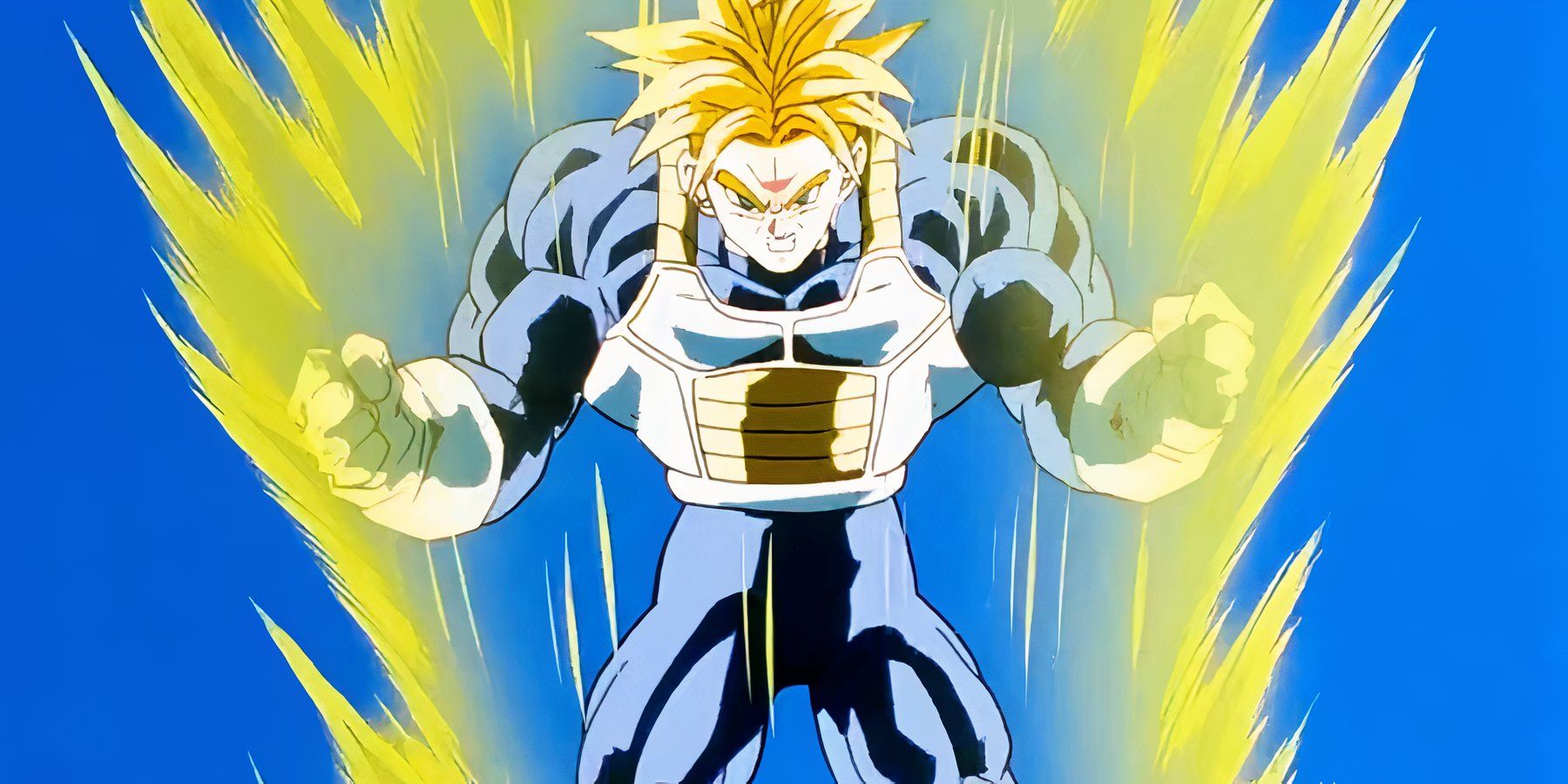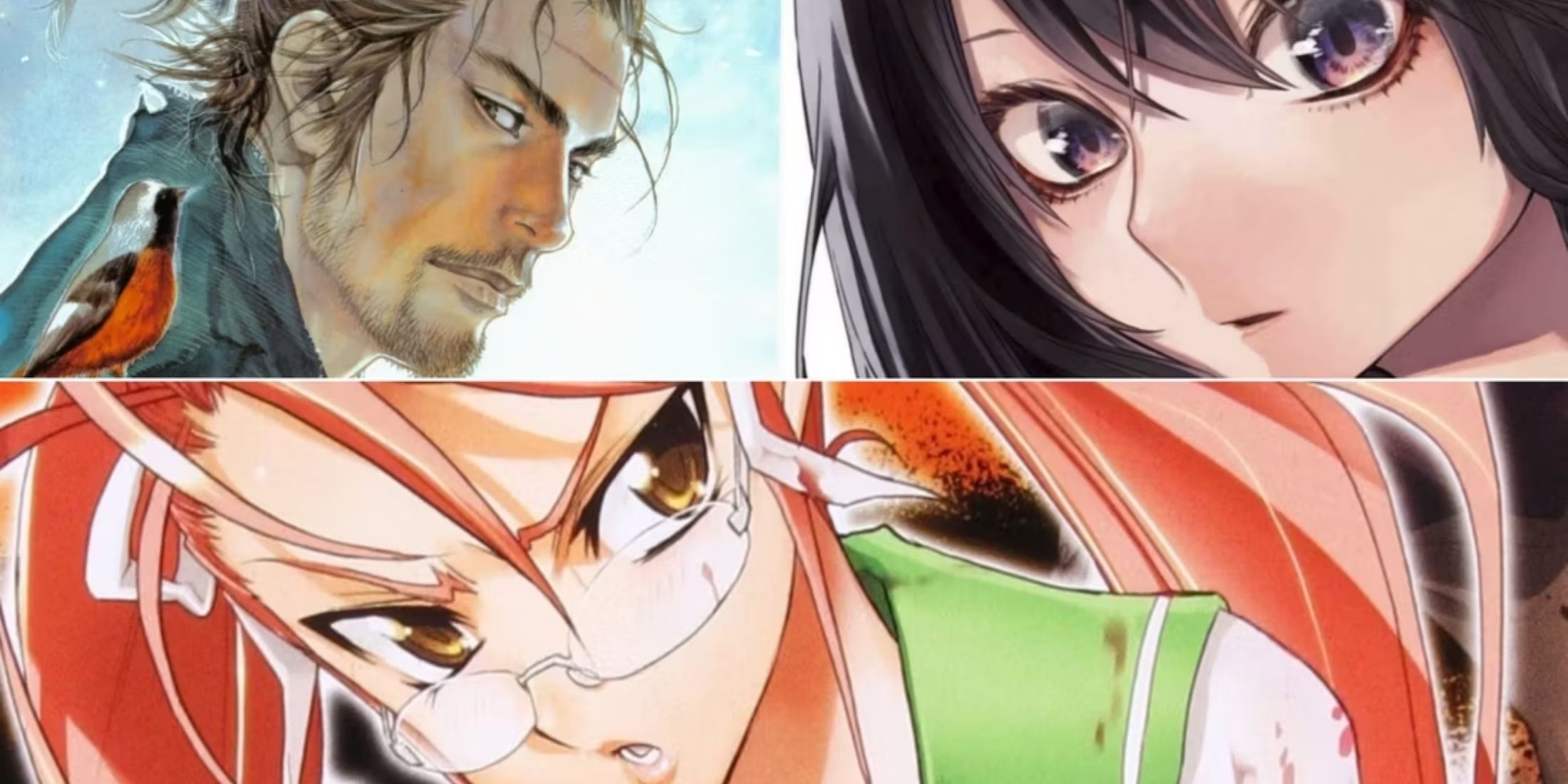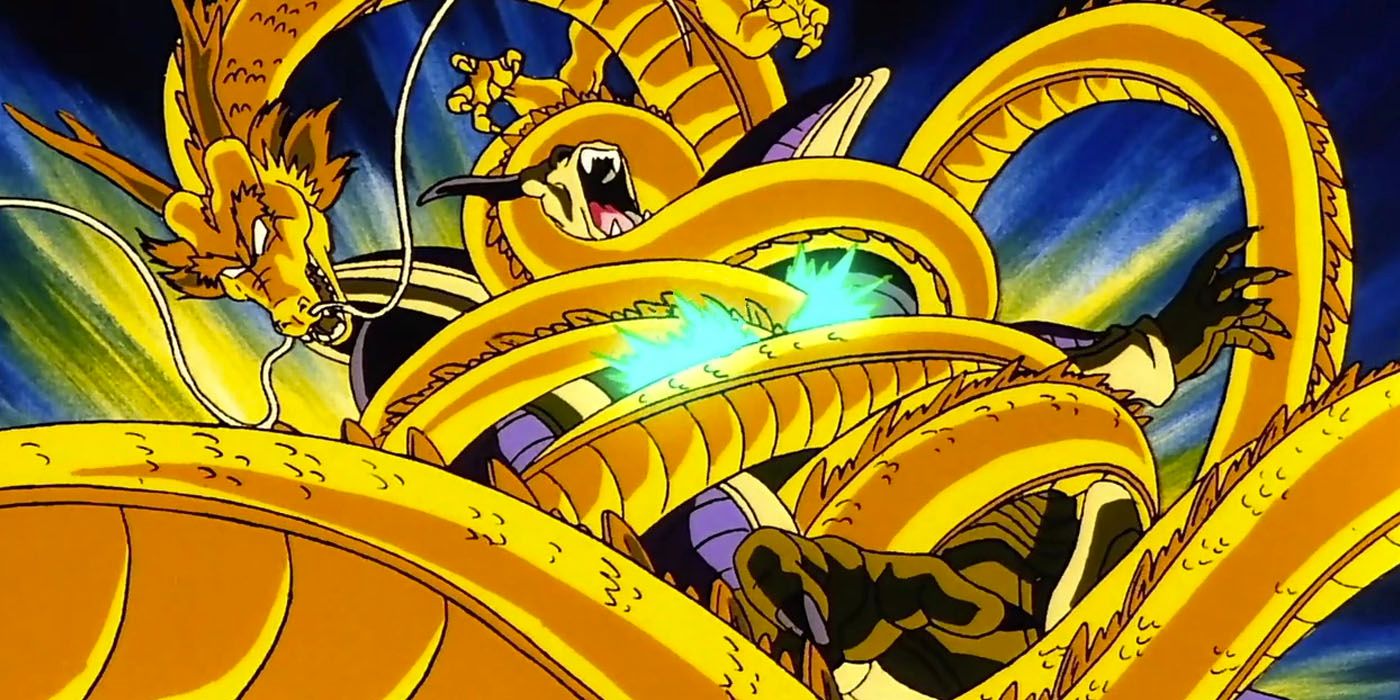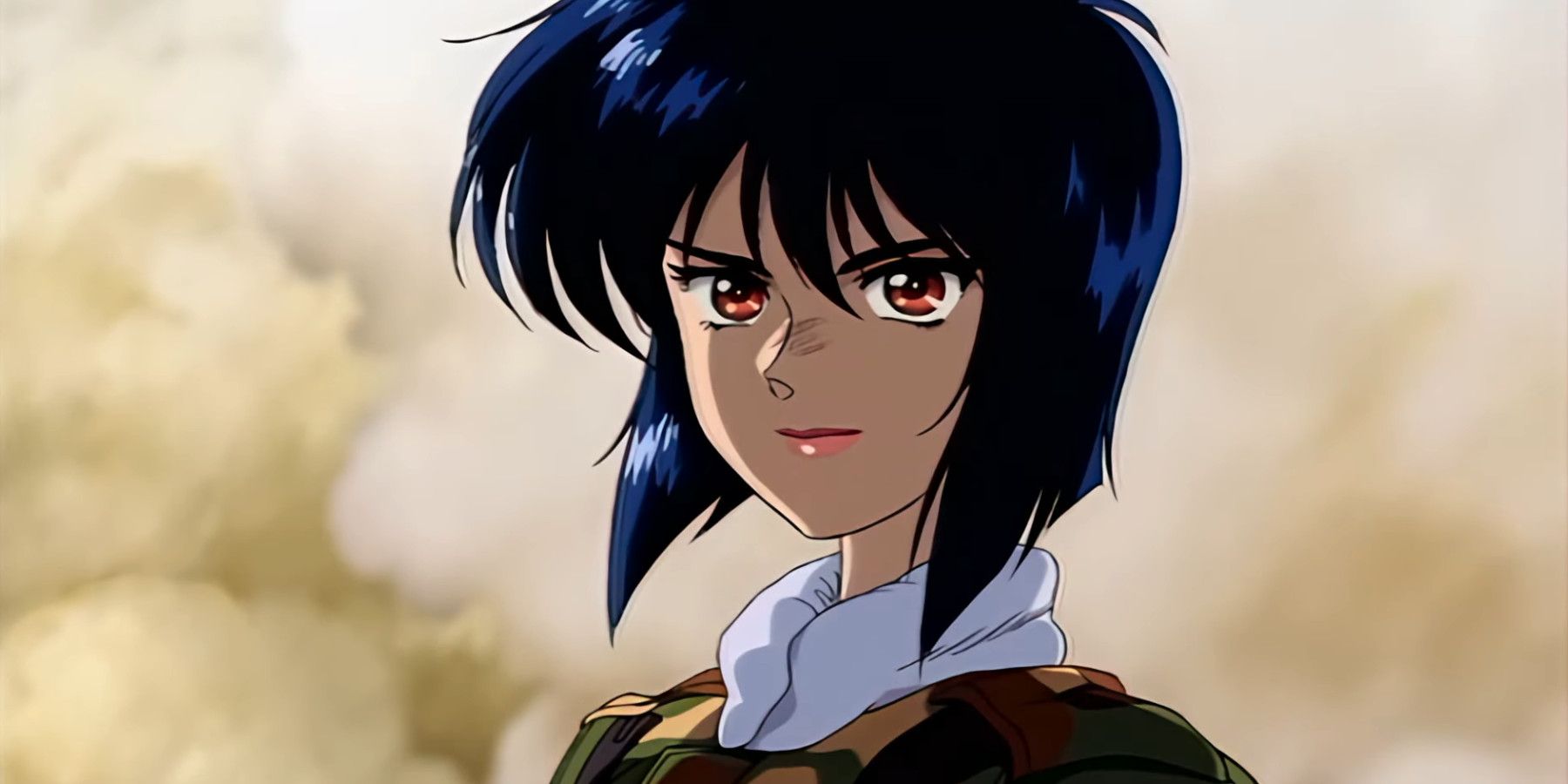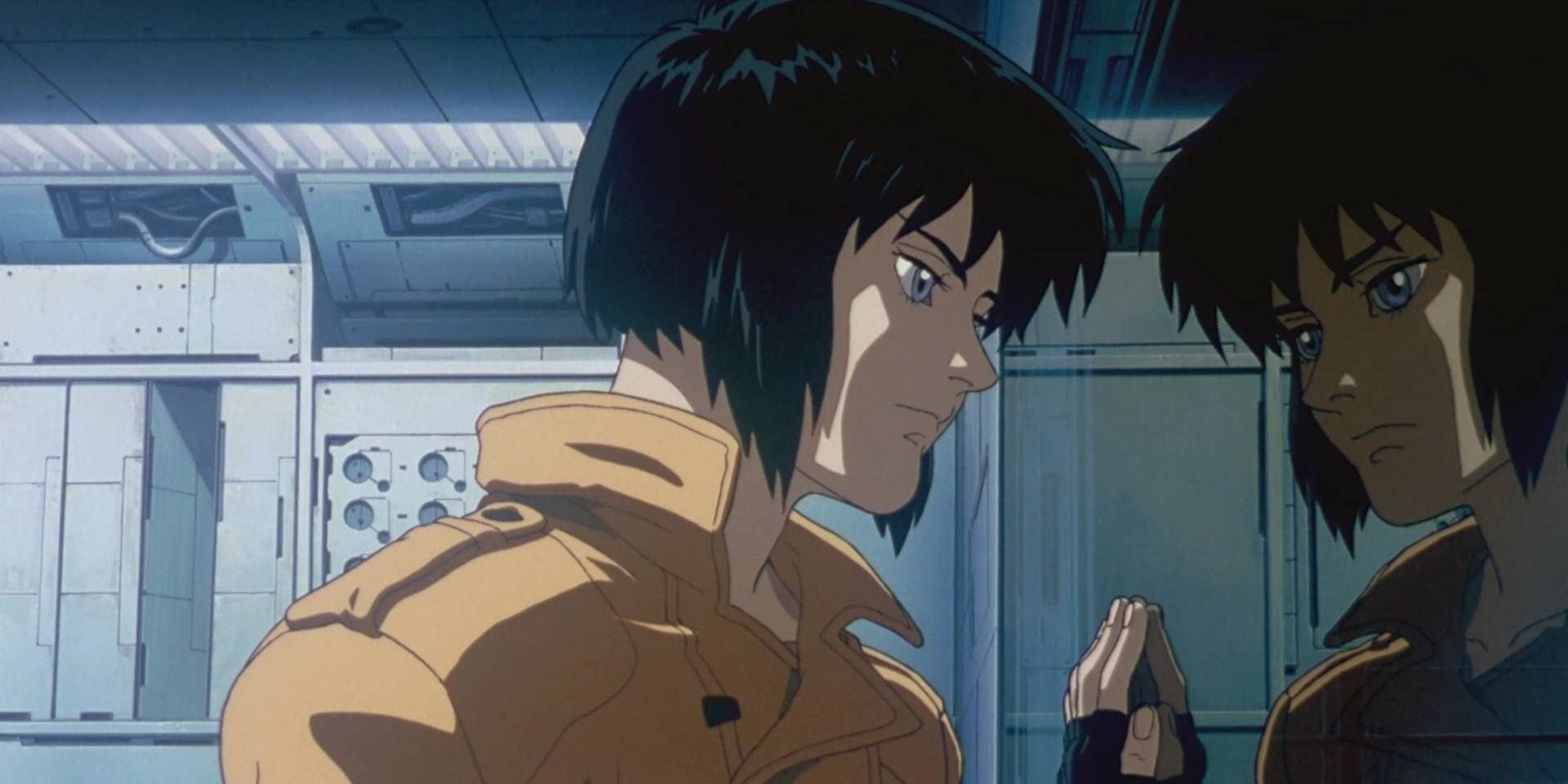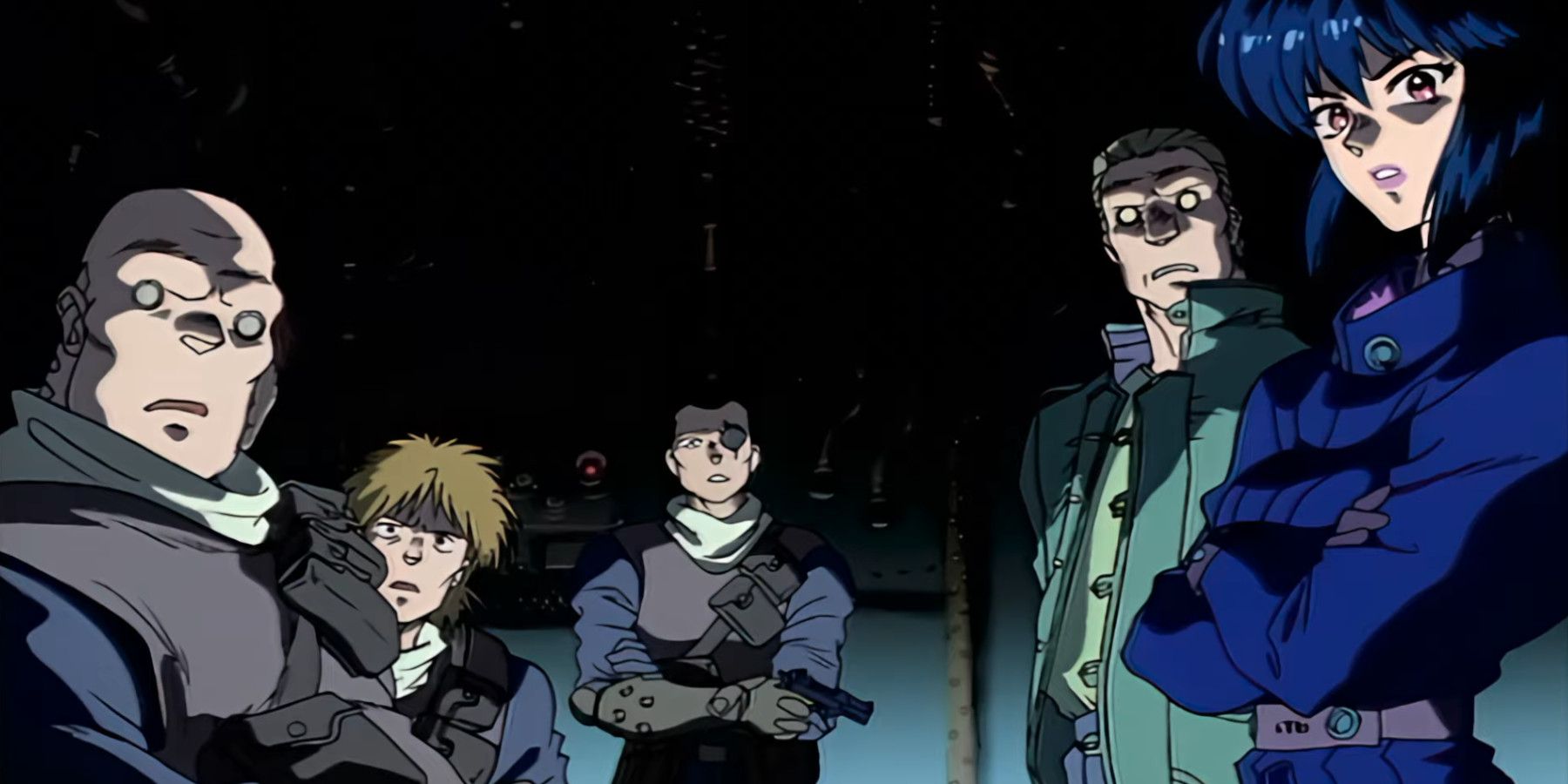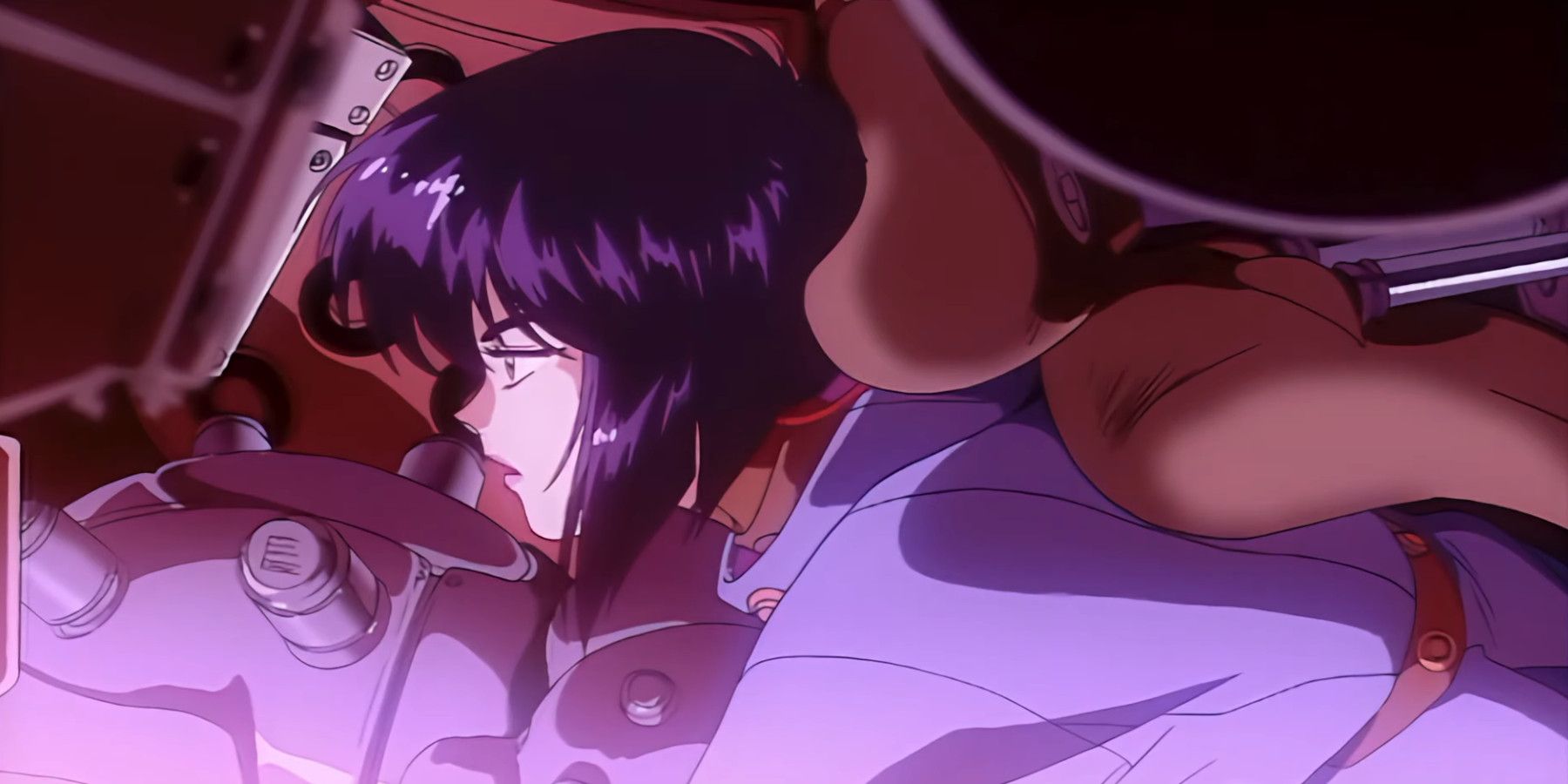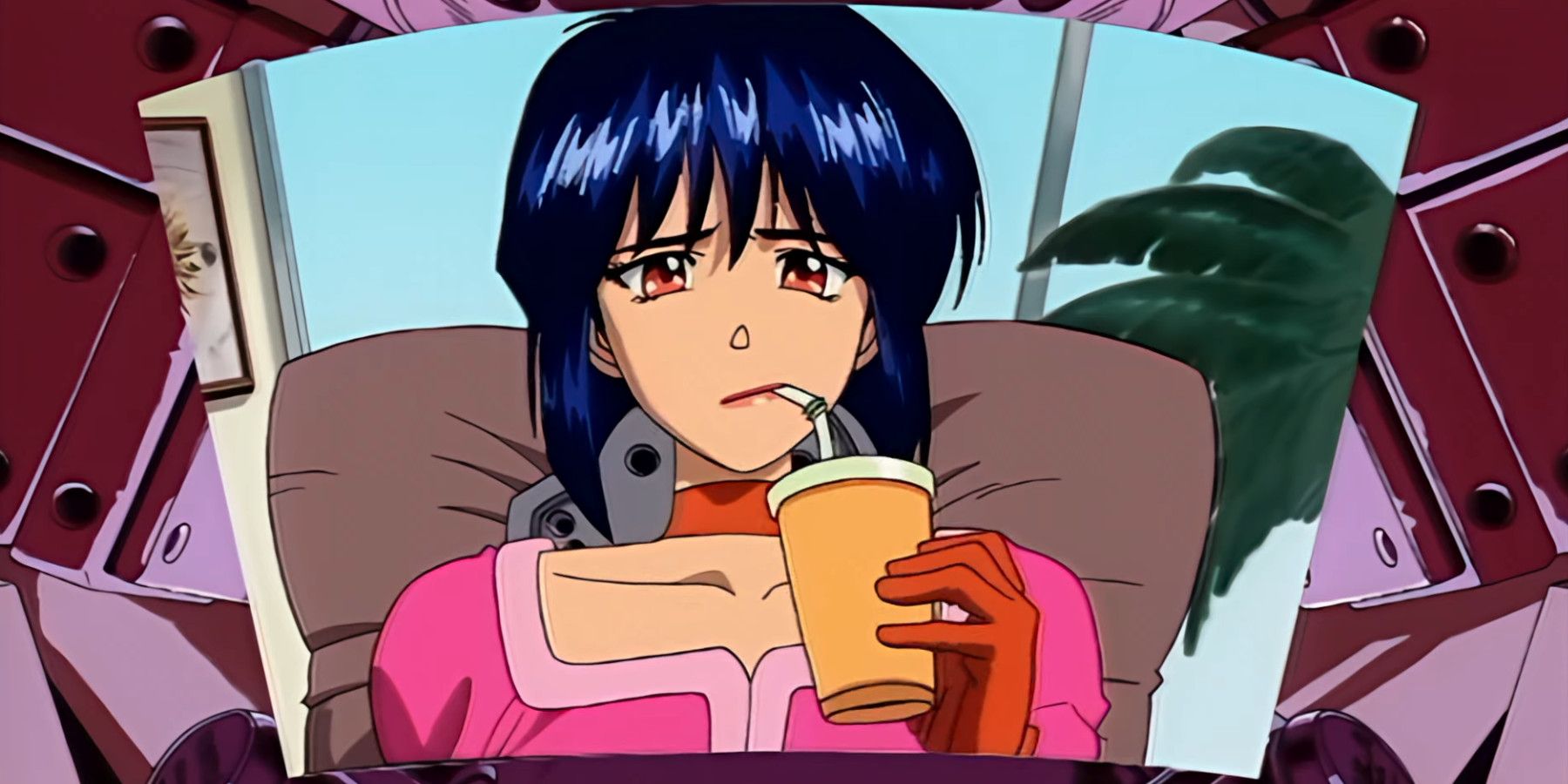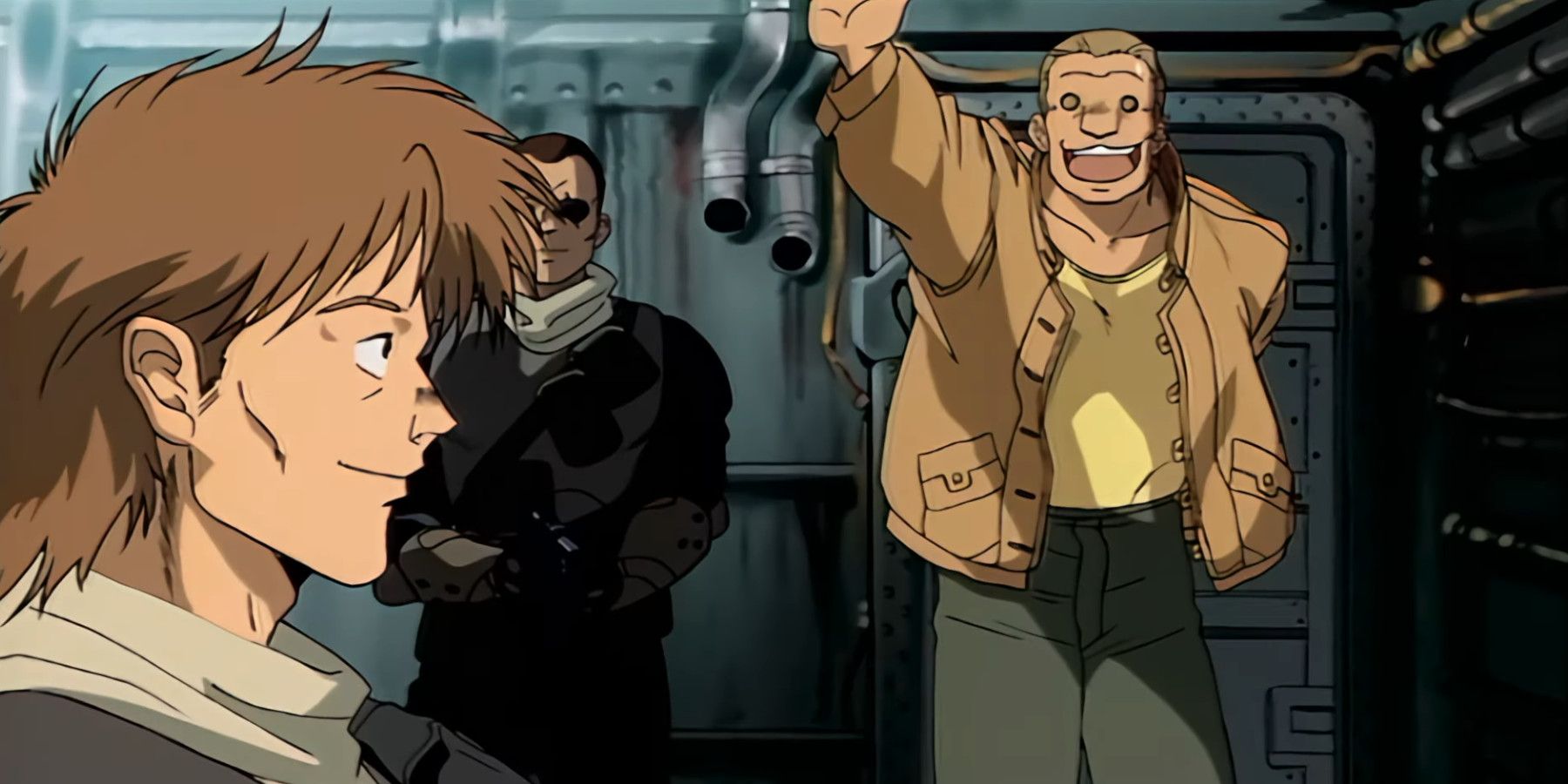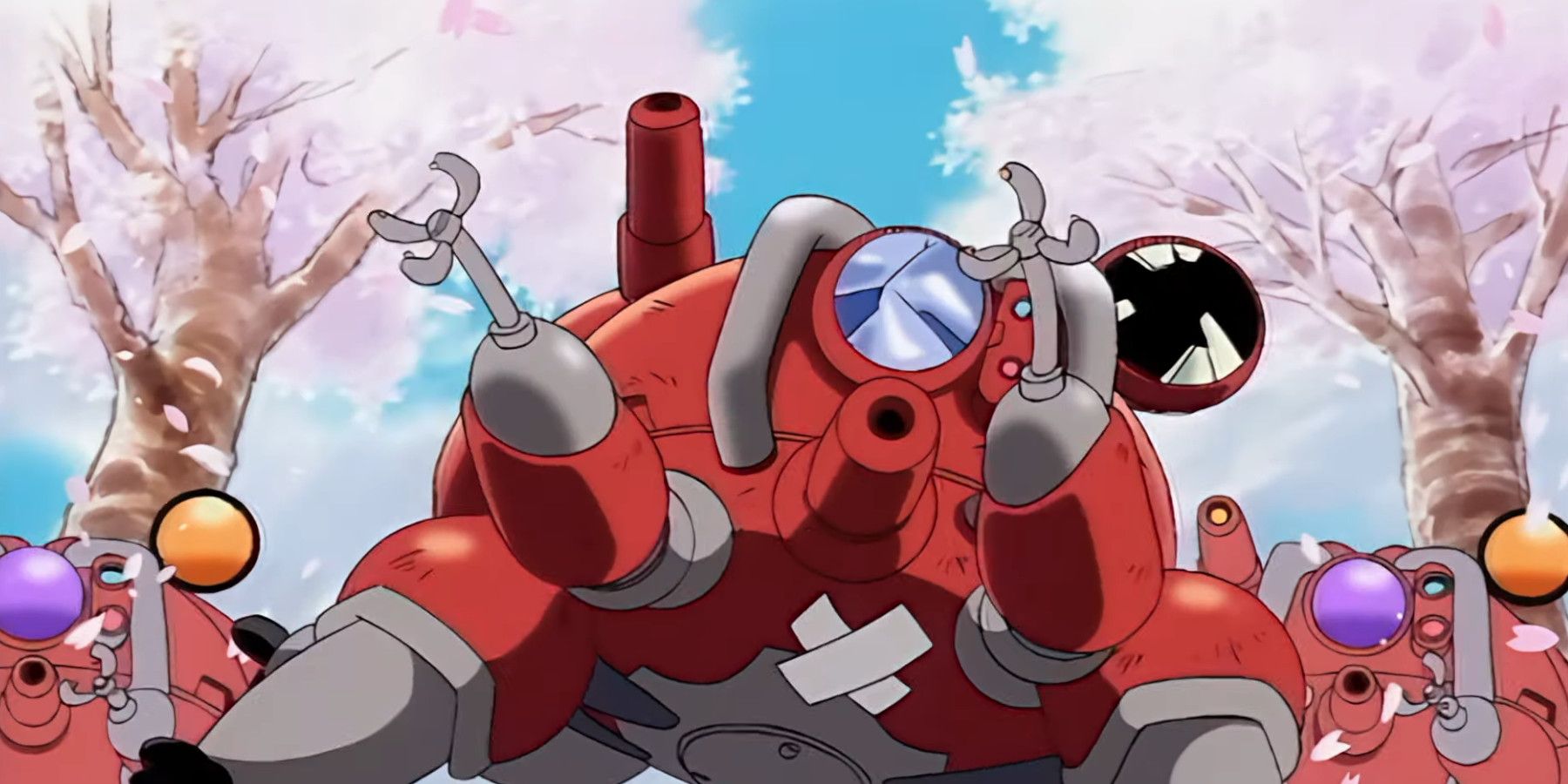Shirow Masamune, the creator of Ghost in the Shell, has famously stated that there is no definitive version of the franchise, and this belief has allowed for so many unique depictions over the decades. However, eschewing the discussion of "the definitive," Masamune's manga is still the original, so which anime has come the closest?
The answer is not as simple as one might think because it's not the Mamoru Oshii films, Stand Alone Complex, or Arise, but in fact... a video game from 1997? Yeah, Ghost in the Shell for the original PlayStation, developed by Exact and with cutscenes by Production I.G., is technically the most accurate adaptation of the manga.
The Oshii Effect
Mamoru Oshii's take on Ghost in the Shell in 1995 is by far the most internationally recognized part of this franchise, primarily for its influence on Western filmmakers like the Wachowskis. Similar to the works of Satoshi Kon, its recognition breaks through the barriers of anime fandom as a result of how it has been echoed in other works. But it is a departure in certain regards.
Most notably, Hiroyuki Okiura's character designs are far more mature than those seen in the source material, which fits this far bleaker vision of Ghost in the Shell's future. The philosophical questions of the story and their root in ideas about the future rooted in the present are preserved, but through a lens that is uniquely Oshii's.
As Oshii had come hot off the heels of Patlabor 2, another mature and politically conscious adult animated film, Ghost in the Shell similarly embraces a realistic approach to animation and art design. It would go on to influence every aspect of the franchise up to this point in the franchise, even as Stand Alone Complex and Arise would be credited for incorporating more elements of the manga into the story.
The PS1 Game
The game was released two years after Oshii's film and couldn't be more different in terms of direction or style. The game sees the player taking on the role of an unnamed rookie in Section 9, and the gameplay is relegated to piloting one of the Fuchikoma spider tanks. Fans of Stand Alone Complex will recognize these as the Tachikoma, as they have a new name in every adaptation.
But the real treat comes in the form of the cutscenes, written and designed by Masamune, making it the spitting image of the comic. Furthermore, the cutscenes are directed by Hiroyuki Kitakubo, the director of Blood: The Last Vampire from 2000. Even more impressive, the animation supervisor was Toshihiro Kawamoto, the legendary character designer and animation director behind Cowboy Bebop and one of the founders of Studio Bones.
Quite a stacked team, and despite the total animation being under 15 minutes total across the game, it's pretty spectacular what story they're able to tell. Added to that, the characters, despite being portrayed in a lighter tone, still feel the same as ever, which goes to show how well these characters work, no matter the mold.
A Happier Ghost in the Shell
Oshii's GITS is so absorbed in its themes and intricate ideas that it lacks a lot of the humor of its source material, though arguably to the benefit of his films. Stand Alone Complex found levity in its character banter and a bigger emphasis on the wider cast, but still took itself fairly seriously when tackling politics. But the way Masamune's story plays out is something special.
There is almost an irreverent tone towards the seriousness of certain situations which reflects the world and these characters' role in it, but also how experienced they are. Stopping a possible nuclear overload is business as usual for these lovable anti-terror operatives and there's a sense of glee one feels watching them go about the investigation like it's a heightened case-of-the-week.
Batou enters the briefing room with all the enthusiasm of a character late for class in a high school comedy. The gang banters about explosives training and other such serious things casually, towing a fine line between natural banter and comedic exaggeration. And the facial expressions generally lean more cartoony in moments of levity.
Stand Alone Complex would go on to demonstrate how characters like Major are technically the property of the state given their advanced prosthetics. The relationship between the characters, their bodies, the political landscape of their nation, and their philosophies, all should feel reflected in their attitude toward their work. The game nails the characters in a refreshing way.
Interestingly enough, the English cast from the 1995 film reprise their roles and arguably are better served by this new style. Mimi Woods' voiced the Major in the film, but something about the tone of the game makes her take on the Major sound so much more memorable. Her attitude feels more in line with Mary Elizabeth McGlynn's performance in Stand Alone Complex.
The PS1 Ghost in the Shell game is plain bizarre for how shockingly different it is at first glance, while still being utterly familiar to any fan who has fallen in love with this franchise. Stylistically and narratively, it is exactly what GITS should be, but in a way anime fans who haven't read the manga likely haven't seen it before. And hopefully, the next time the series comes back, we might get something more like this.
